The Sverdrup unit of scale mass, & Challenge
Thank you Flagstaff, what a great part of my day talking with everyone
from the Southern Ocean. The questions you asked were amazing, and part
of the topic for today's blog. One question was about the ACC (Antarctic
CircumpolarLocated or found within the Earth’s polar regions. Current) and how fast it travels and where it might be
traveling the fastest. Well, we narrowed down the speed with which the
current travels in terms of Sverdrups, and the ACC is traveling at 130
Sverdrups. As it has been explained to me a Sverdrup is one way to
measure a moving volume of water. For instance, if you were standing
still, it would be the volume of water you would see passing you in one
second. A Sverdrup is 10 to the sixth cubic meters of water a second.
Okay, you American followers, how many gallons are in 130 Sverdrups?
The second part of the question is a bit more difficult, and with the data we have right now, none of our scientists are comfortable with picking a quantifiable location as the fastest part of the ACC.
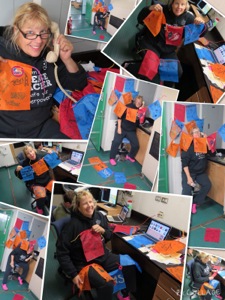
As you can tell, I am learning a lot while on board and it is only our third day. By the end of this cruise I should be brimming with knowledge. Another question asked about the ACC and its relationship to the thermohaline current. The thermohaline current is a warm, salty current moving throughout the ocean, predominantly from the Pacific up through the Arctic, to the Atlantic, and back to the Pacific ocean. The ACC circumnavigates the Antarctic continent. Do waters, blend, mix, and move throughout the oceans? Yes, but I will need a physical oceanographer to help me more on this question.
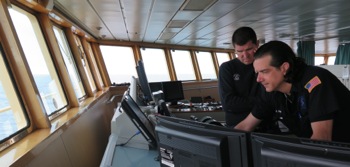
Today was a mellow day. As we are still transiting, I have focused a bit on the physical technology we will use on this cruise, and of course taking pictures with flags. I am so lucky that everyone on board is totally amenable to me taking their picture and then throwing in a flag or two. I even have people requesting specific states.
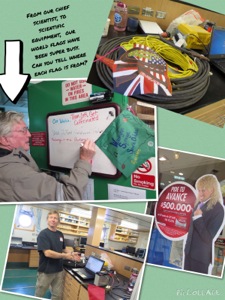
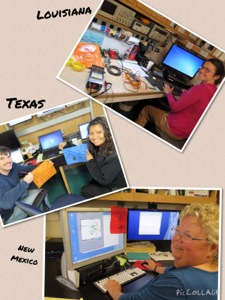
As I learn I avail myself to all sources. On board there is an amazing team of six students from UT Austin and their varied geological departments. It is these students who are teaching the teacher. They draw me pictures and explain over and over again until I can grasp the basics of our research.
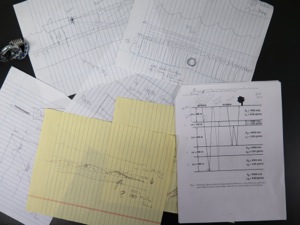
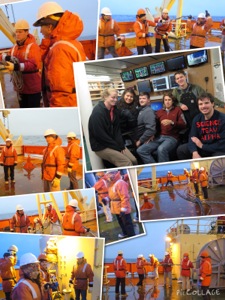
And my last note for the evening. Math is everywhere on a vessel.
Math is used in calculating ballast so the ship does not tip over, math
in charting our course, math in preparing the right amount of food for a
crew of over 40. So if you are an intrepid soul, wish to possibly
explore the poles one day, study the ACC, Antarctica wildlife… LEARN
MATH!
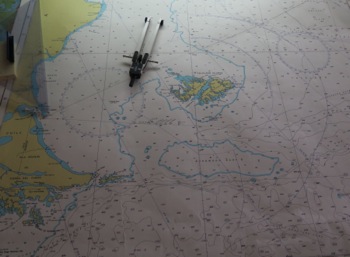


Comments